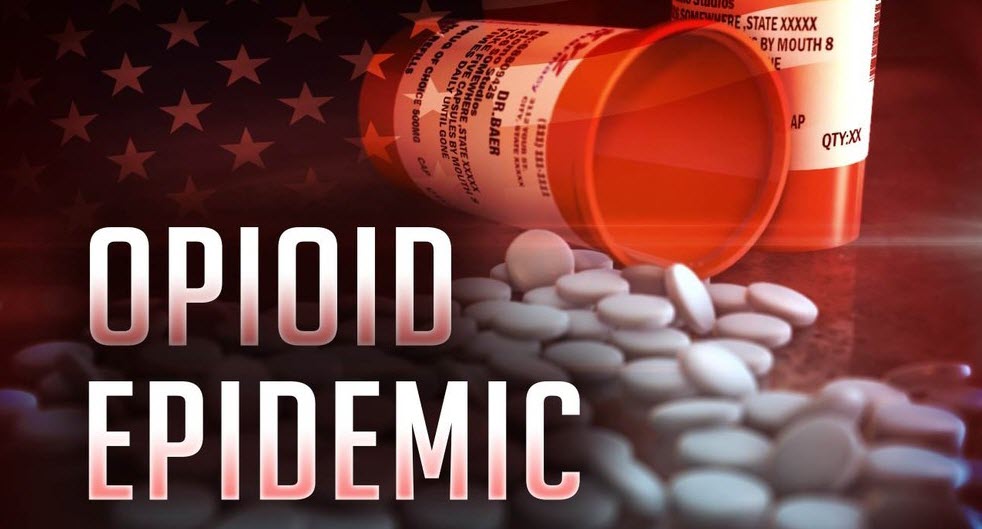
Prescription drugs were supposed to facilitate the swift recovery of patients, however, the U.S healthcare industry has been plagued with opioid abuse for decades now. Based on Centers for Disease Control and Prevention (CDC) statistics pertaining to opioid overdose, about 89 deaths were reported per day in the year 2016. Synthetic opioids have proven to be the most deadliest opioids which are currently available in the market.
How did this outbreak came into being:
CDC characterized this crisis as a wave which affected the masses, through the illegal distribution of the prescription drug known as Fentanyl; which was developed for the treatment of pain caused by the chronic disease cancer. This wave emerged in the year 2013 and still hasn’t been suppressed. According to an article published by 3mhisinsideangle.com, physicians and hospitals are partly to be blamed for the proliferation of such an outspread. Measures need to be set in place to prevent such massive outbreaks; dosage of such drugs needs to be regulated and monitored very closely. In most cases, pain killers have taken the lives of countless patients due to drug overdose.
The reaction of the industry with regard to the epidemic:
The U.S. Department of Health & Human Services (HHS) launched a 5-Point strategy to tackle the outbreak. This strategy includes the following:
- Improvement in the access to treatment and recovery services
- Promotion of the utilization of overdose-reversing
- Improving the comprehension of the outbreak through monitoring the health of the public
- Provision of Research on pain and addiction
- Promoting effective practices for pain management
Looking at this more closely:
How is this strategy being put into place? The following steps are being taken to ensure the complete compliance of this 5-point program:
Read More: The 3 most important healthcare trends to watch in 2019
Opening the doors to recovery:
According to the HHS.gov website, around 90% of Americans who are suffering from the addiction of these drugs fail to seek help. In the year 2017, the former United States Secretary of Health and Human Services, Tom Price announced grants for 50 states amounting up to $485 million in total. These grants would be offered through the 21st Century Cures Act and distributed through the Substance Abuse and Mental Health Services Administration.
Reversing the effect of the epidemic:
Opioid Overdose Reversal Drugs such as Naloxone are helping the patients recover from the outbreak through the expansion of the access to these drugs. These drugs were not available easily before. But since the approval of the program by the Health Secretary, Tom Price, efforts are being made by the government to promote the usage of such drugs.
Surveillance of the Public Health:
HHS is providing the public with crucial information regarding the outbreak along with research driven data. Programs such as the CDC’s Data-Driven Prevention Initiative and Enhanced State Opioid Overdose are in operation. Law enforcement bodies such as the ones operating the Border and Control Protection, are preventing the distribution of the illegally manufactured Fentanyl to different states of the U.S; by the process of thoroughly analyzing the shipments which arrive at the border.
Read More: Few easy marketing Tips for busy physicians
Management of pain addressing medications:
The root cause of this epidemic is the dependence which has been created by the industry, pertaining to the use of opioids. Pain needs to be addressed, surely, but not to the extent where it causes distress for the patients and their family. The use of non-addictive medications can do wonders for the masses with the removal of the dependence factor. Awareness in terms of reading material and campaigns are being initiated by the government to combat such outbreaks.




More Stories
Addressing Common Challenges in Medical Coding and Billing
The Future of Radiology Information System
How To Buy EHR Software in 6 Steps